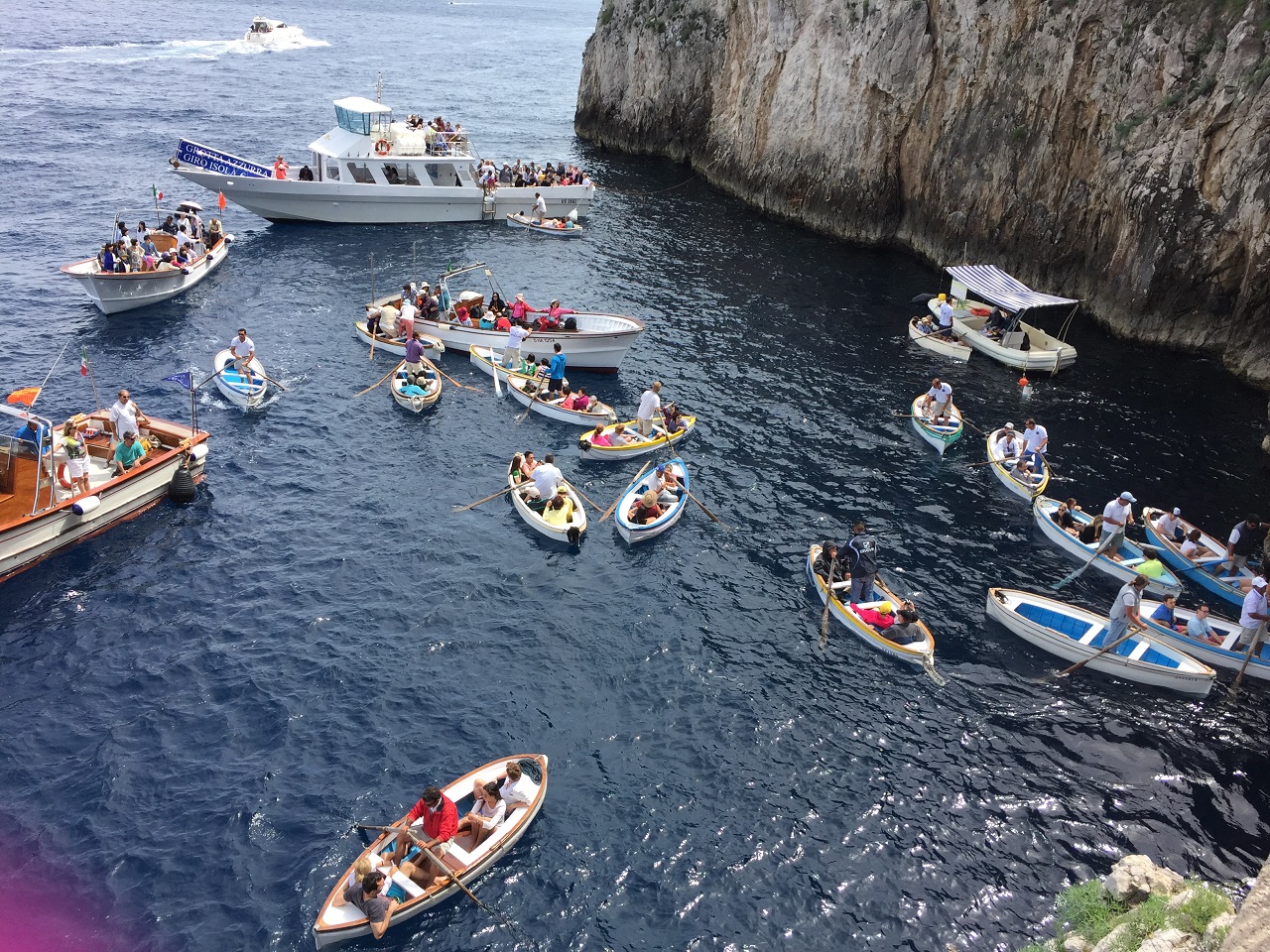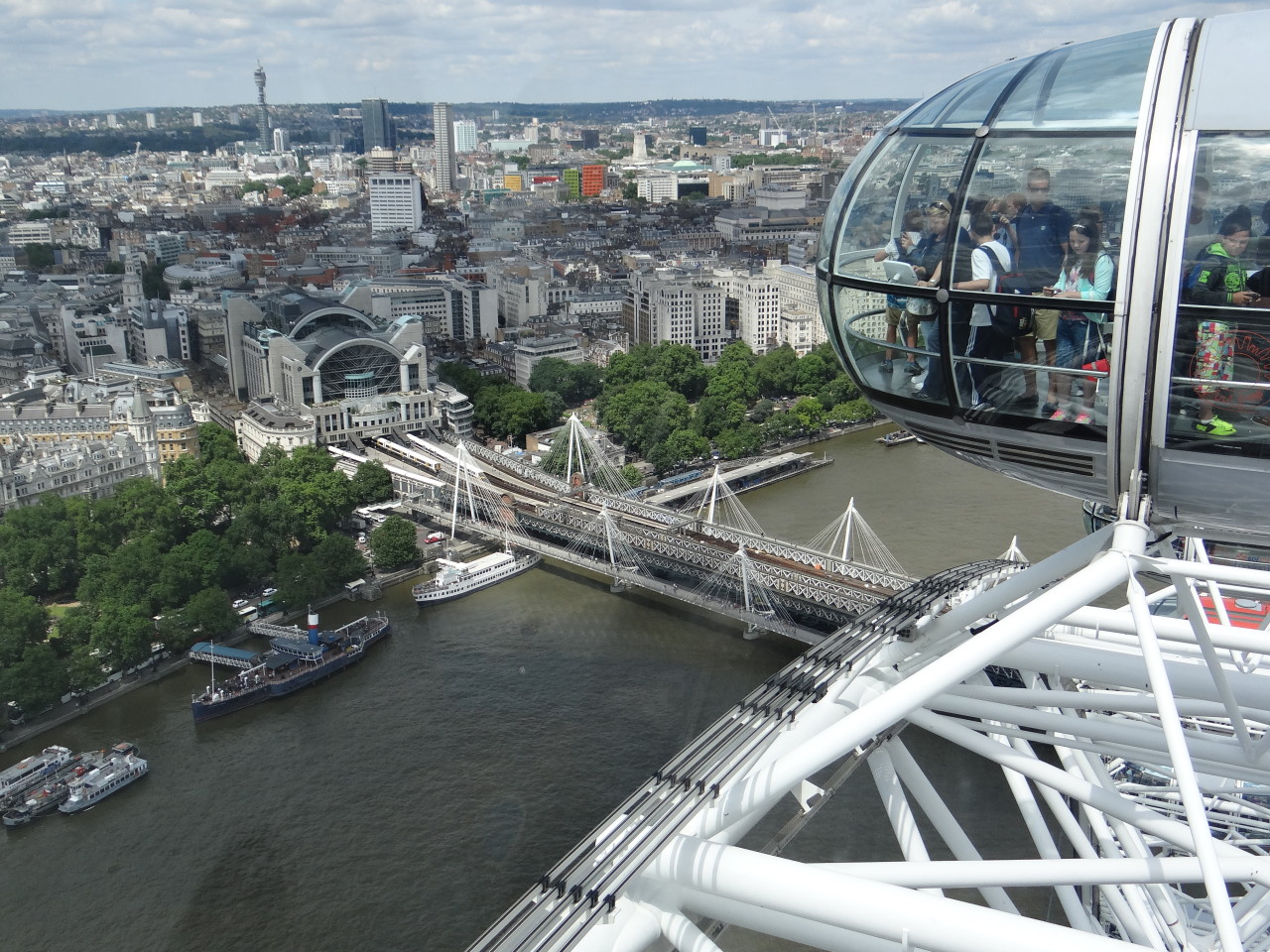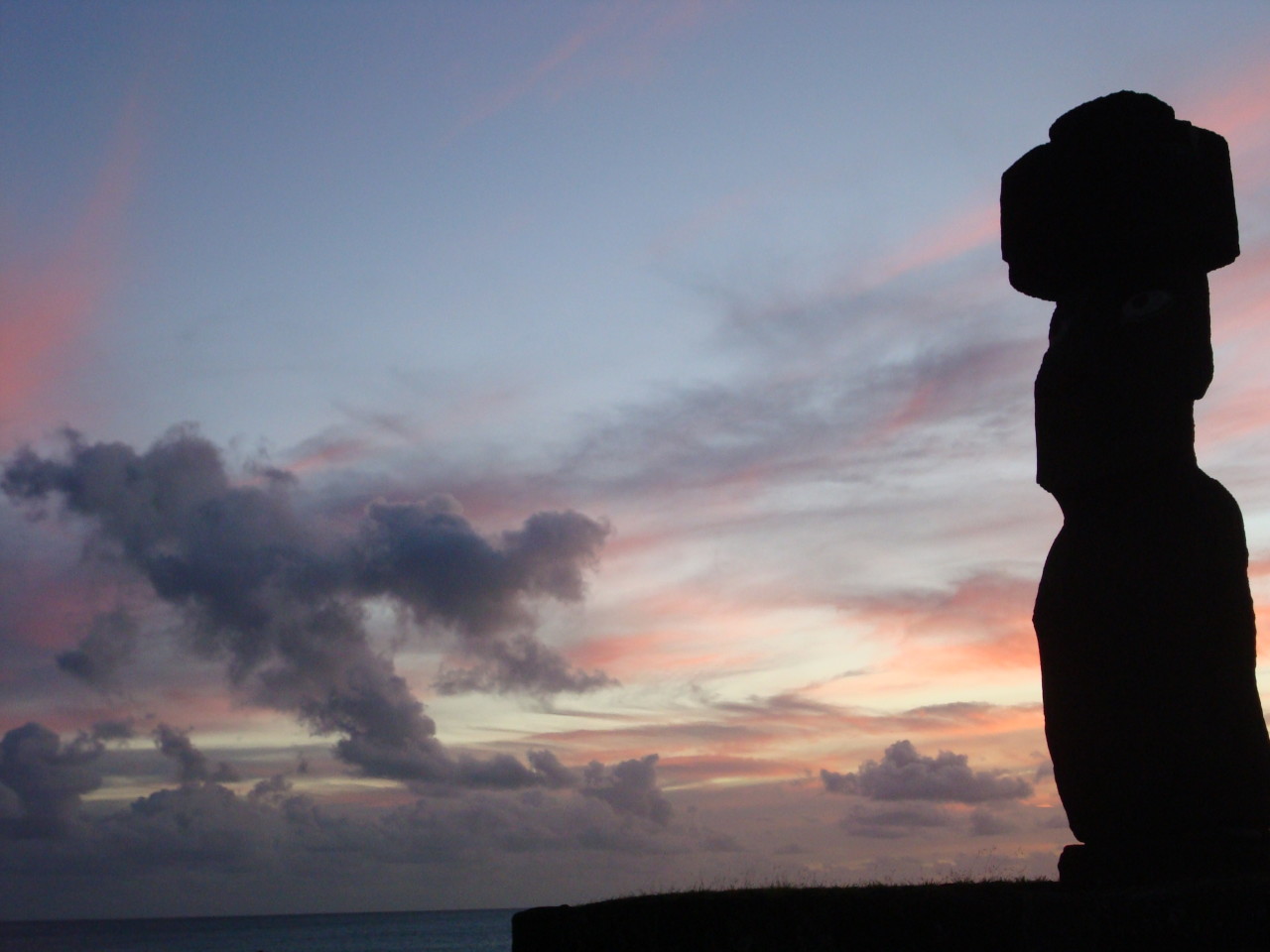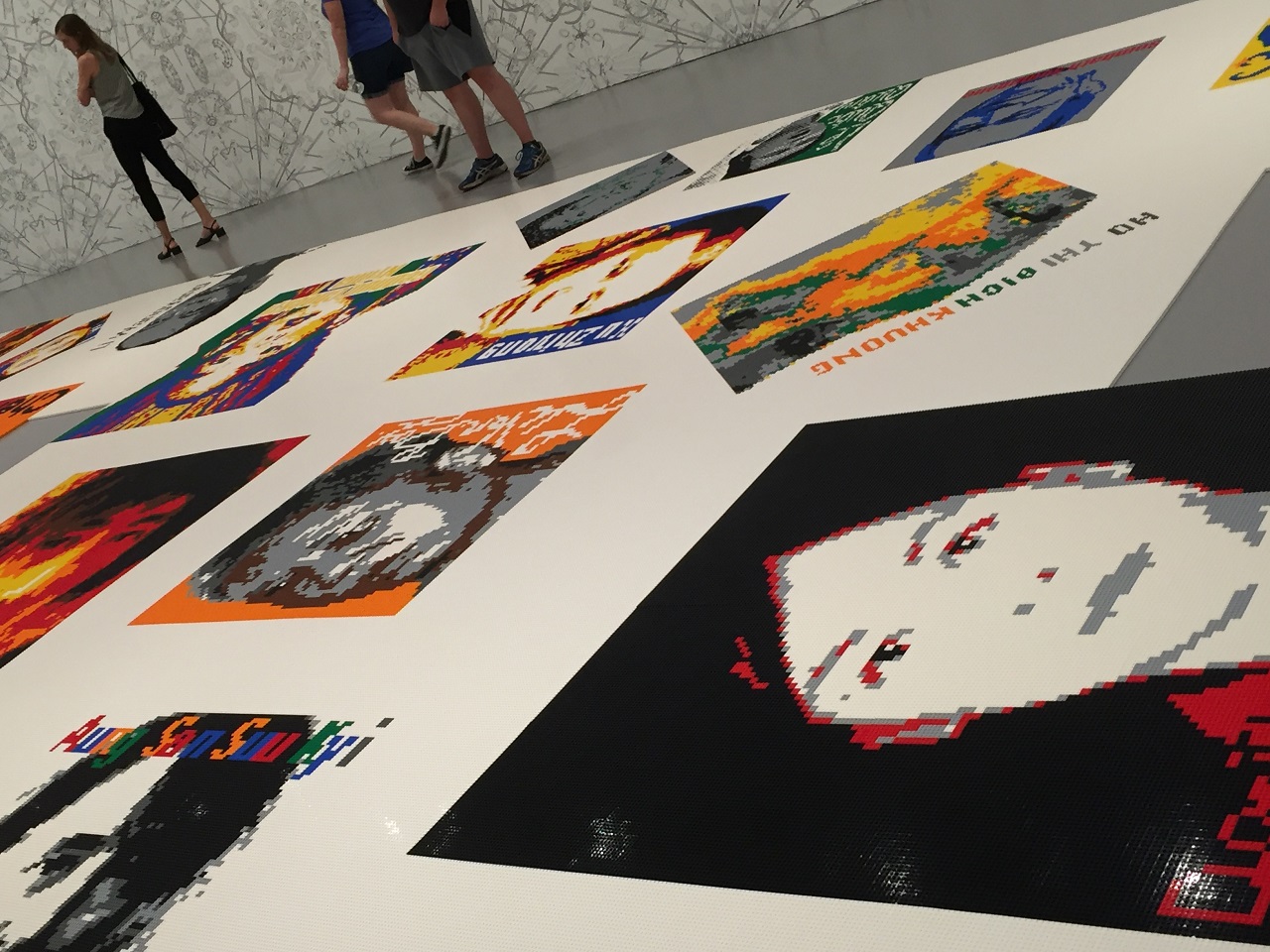
My art skills are limited to badly drawn stick figures and flowers. I’ve attempted mosaics, pottery and a few other creative endeavors but am keeping my day job in accounting/finance. Even as a child, my Lego creations showed no imagination. That’s why I leave the Lego art to the professionals – the master builders/artists like Nathan Sawaya (Art of the Brick) and Ai Weiwei who has created “Trace at Hirshhorn” in Washington, D.C. I was able to experience this powerful, thought-provoking exhibit as part of my Art Weekend in D.C.
Art at the Hirshhorn – Lobby Exhibits
After making my wish at the Yoko Ono’s Wish Tree for Washington, DC in the Hirshhorn Sculpture Garden, I walked toward the gallery entrance and was pleasantly surprised by the Kusama pumpkin outside. Kusama created the Infinity Mirrors exhibit which is currently touring North America courtesy of the Hirshhorn which first showed the works earlier this year.

While our destination was “Trace at Hirshhorn, by Ai Weiwei”, when we entered the Hirshhorn (free admission) Yoko Ono’s interactive “My Mommy is Beautiful” was on display on the lobby wall, inviting visitors to add to the exhibit their memories of why their mother is beautiful. As we rode the escalator up one level, I could see the exhibit “Belief and Doubt” by Barbara Kruger displayed on the lower level. The words were challenging thought. Art was all around forcing my brain to think today.


Trace at Hirshhorn – The Outer Ring Galleries
Silly me, I had no idea or background about “Trace at Hirshhorn” which is often the best way to see art – without expectation. I read the summary on the wall about how Weiwei was portraying political dissidents around the world using Legos. I had no idea how vast the art was until I walked inside to see the floors covered in Lego portraits in six different sections.

The walls, usually where much art is hung, was absent pictures and covered in wallpaper that definitely deserved a second (or third) look closer. The “wallpaper” was oddly titled “The Plain Version of the Animal That Looks Like a Llama but is really an Alpaca” contained no animals that I could see (there is an alpaca somewhere).

The gold patterned paper contained many objects that sought to restrain people (handcuffs), restrict their movement (video surveillance) and silence their voice via social media (twitter bird). The wallpaper was a jail to the folks already imprisoned in the portraits on the floor. The artist, himself, was detained in China subjected to interrogation, imprisonment in 2011 and denied travel until 2015. Trace was commissioned in 2014 as an art installation for the infamous Alcatraz prison in San Francisco. The portraits, in Lego bricks, were put together by hand by the artist and many volunteers following the artist’s vision/direction.


Trace at Hirshhorn by Ai Weiwei – The Portraits
The portraits on the floor were haunting. From up close they were colorful Legos pieced together to create a tapestry of art. Step back a bit or use your camera “to see differently” and you’ll see the person come into clear view along with their name. To me, this perspective was quite fascinating because how do you see and know people today – up close or from far away? Do you really see the person and let them exist in your world or do you only see what you want to see in their views and opinions? I was probably over thinking the art but it was quite a thought-provoking exhibit for me. While Dr. Martin Luther King seemed a logical choice, I think the jury is out on Chelsea Manning (recently released from prison) and Edward Snowden (in exile in Russia) – the U.S. had six portraits featured in the work.



Yes, you can marvel at Weiwei’s use of over 1.2+ million Legos (thought to represent freedom and how easily it can be constructed and deconstructed) and the 176 realistic portraits shown on the floor but then you need to think about who he chose to feature (his research, input by Amnesty International and other human rights groups), how he grouped them together and what prison he created for them on the floor for us to look down upon.

How many times to we look down on others that disagree with us, do things we disagree with or say something we don’t like? Are they brave, crazy or criminal? Would the art resonated differently if he made each portrait separately and framed it on the wall? If he gave a voice to each person by naming them, their cause and their outcome, would he be elevating them to prominence in our conversation (in our googling of their lives)? For many, in their countries, they can be seen as criminals or heroes depending on their crime. For example, In the U.S., where do you fall with Edward Snowden – criminal or hero?

It’s an interesting conversation that merges politics, culture, personal belief with freedom and what we think that is. Freedom of Speech is a hallmark of the U.S. but for many around the world they don’t have this freedom and in Weiwei’s “Trace at Hirshhorn” we have the freedom to view his work and to make our own decisions. Art? Politics? Freedoms? – All heady conversations sparked by Legos. Powerful thoughts, interesting conversations and interior monologues to be had at Trace at Hirshhorn by Ai Weiwei.

To learn more about the individuals shown in portrait, visit For-Site.Org The exhibit, Trace at Hirshhorn, runs through January 1, 2018 in Washington, D.C.
Have you seen this exhibit either in San Francisco at Alcatraz or at the Hirshhorn in D.C.? What are your thoughts?






One thought on “Trace at Hirshhorn – Powerful Art in D.C. Using 1.2 Million Legos”
This was super interesting! I love how engaging all of these things are for the locals and tourists. especially the 1 million logo set up
Comments are closed.